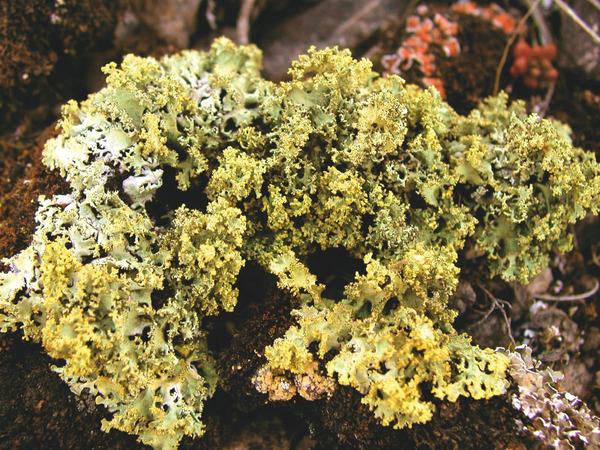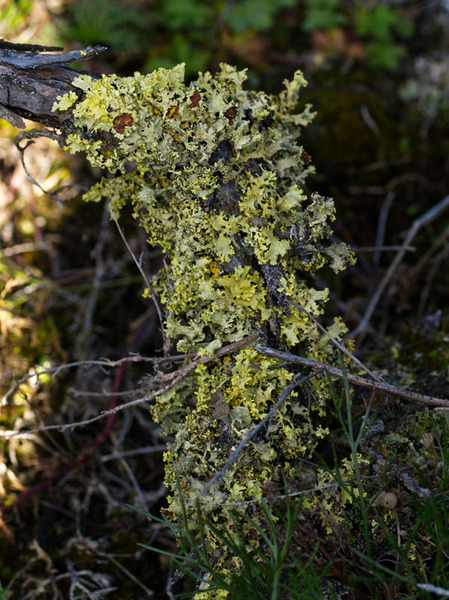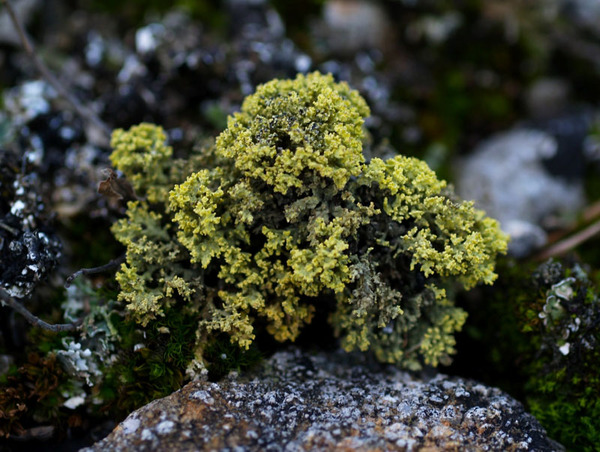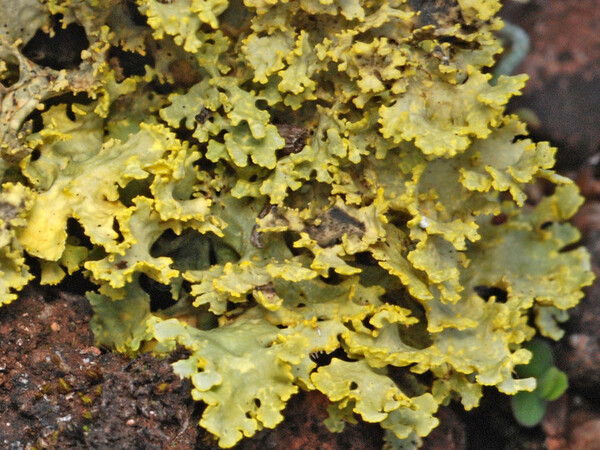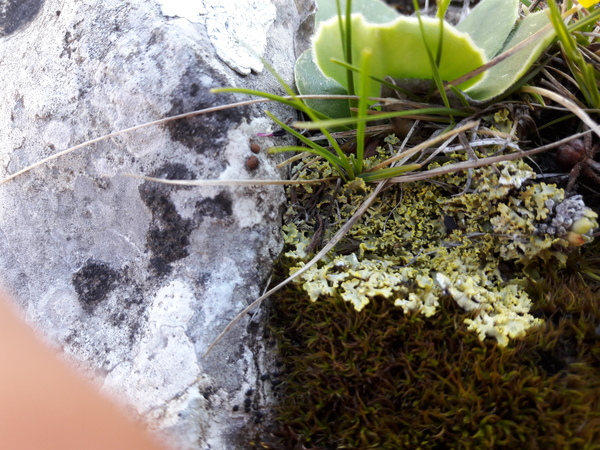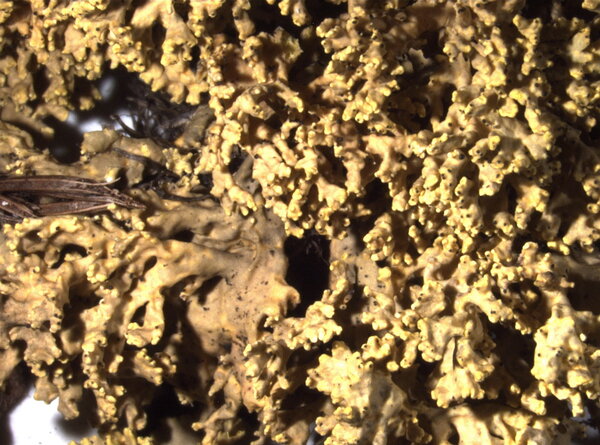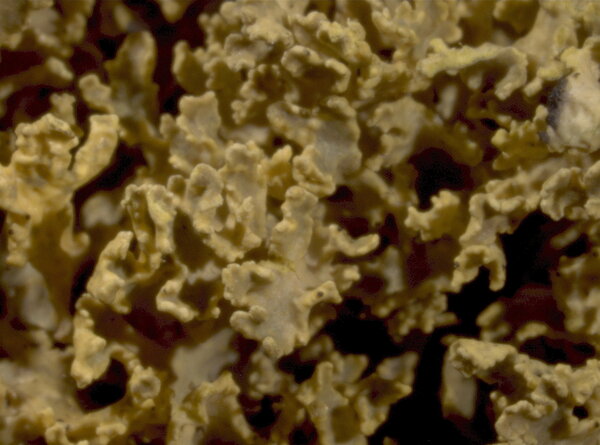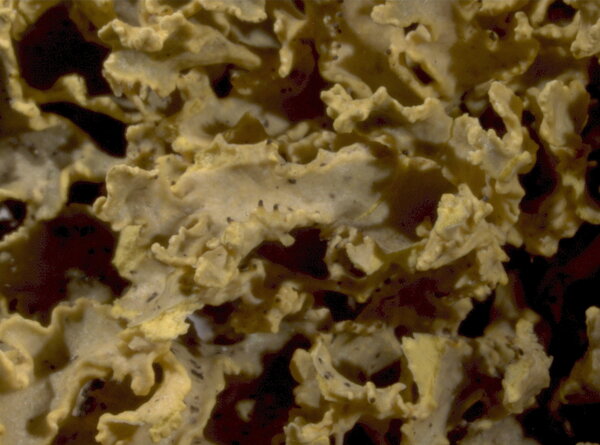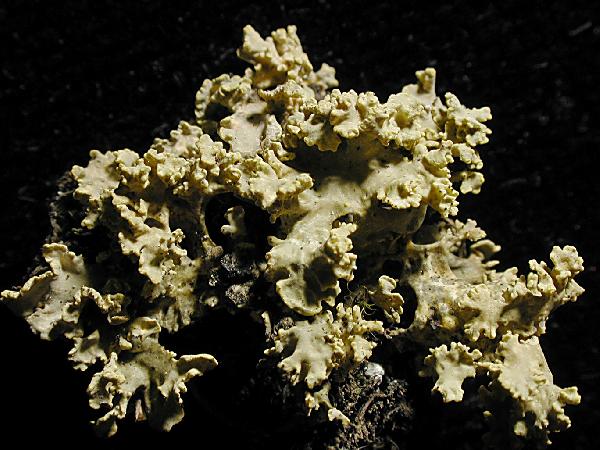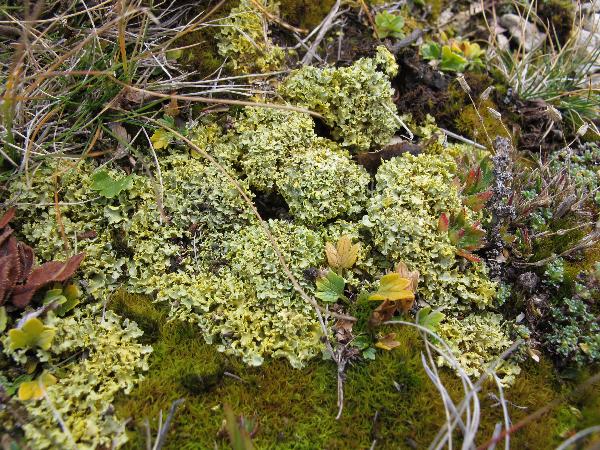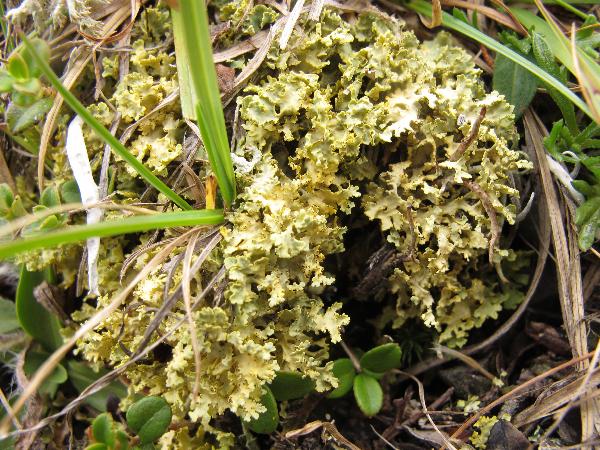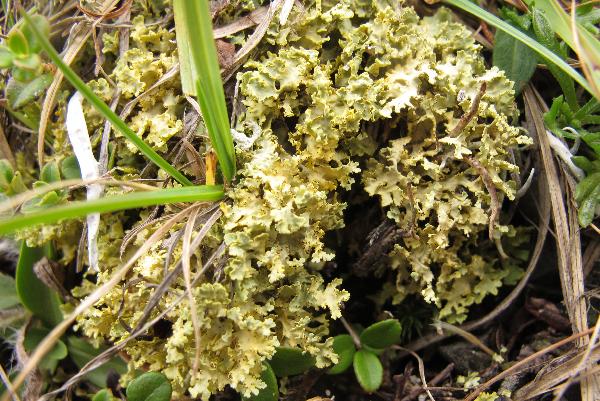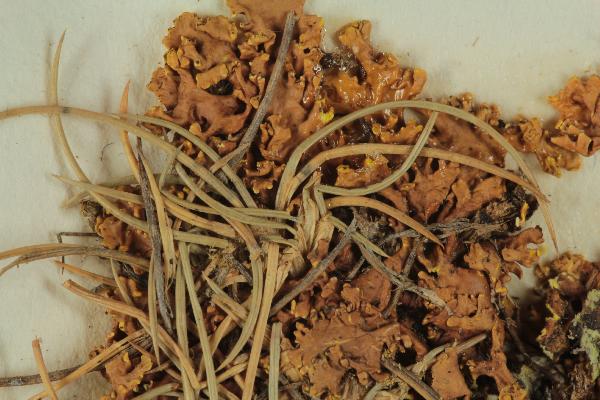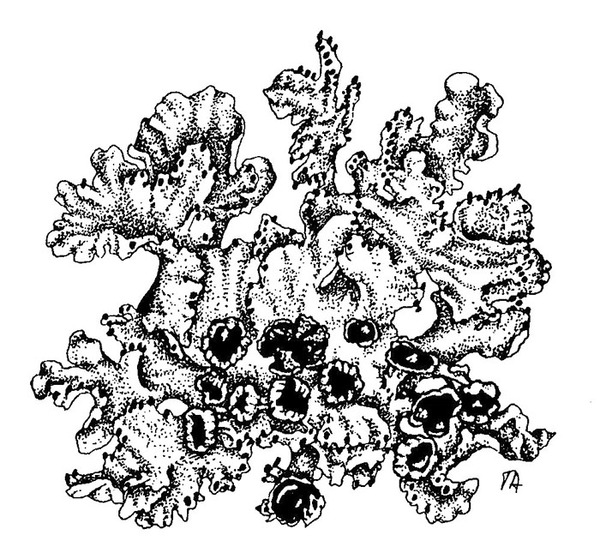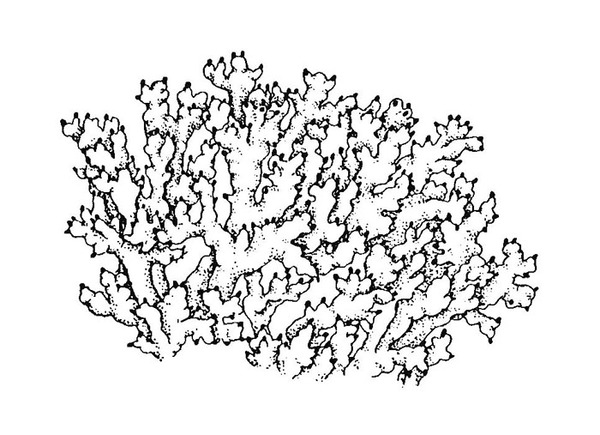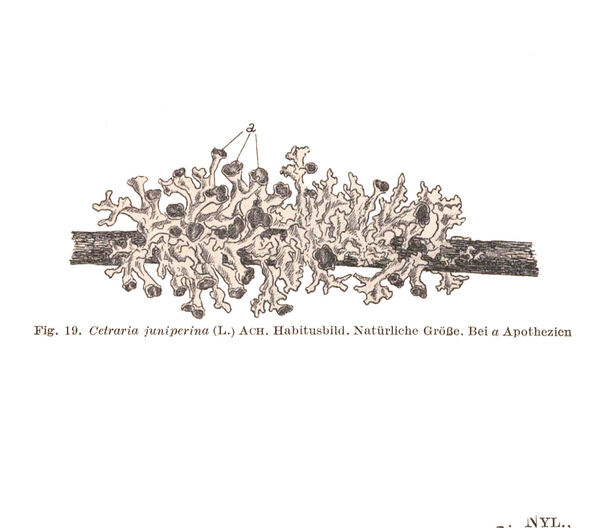Cetraria juniperina (L.) Ach.
Meth. Lich., Sectio post.: 299, 1803.. Basionym: Lichen juniperinus L. - Sp. Pl., 2: 1147, 1753, nom. cons.
Synonyms: Cetraria alvarensis (Wahlenb.) Vain.; Cetraria juniperina (L.) Ach. var. alvarensis (Wahlenb.) Torss.; Cetraria juniperina var. alvarensiformis Du Rietz; Cetraria juniperina var. campestris Stenh.; Cetraria juniperina var. pseudopinastri Du Rietz; Cetraria juniperina var. terrestris auct. non Schaer.; Cetraria juniperina var. tubulosa Schaer.; Cetraria tilesii auct. non Ach.; Cetraria tubulosa (Schaer.) B. de Lesd.; Tuckermannopsis juniperina (L.) Hale; Vulpicida juniperinus (L.) J.-E. Mattsson & M.J. Lai; Vulpicida tubulosus (Schaer.) J.-E.Mattsson & M.J. Lai
Distribution: N - Frl, Ven (Nascimbene & Caniglia 1997, 2003c, Caniglia & al. 1999, Giovagnoli & Tasinazzo 2014), TAA (Nascimbene & al. 2006, 2022, Nascimbene 2008b), Lomb (Gheza 2017), Piem (Isocrono & al. 2004, Matteucci & al. 2015b), VA (Borlandelli & al. 1996, Piervittori & Isocrono 1997, 1999).
Description: Thallus foliose to subfruticose, loosely attached, forming irregular rosettes or dense tufts to 5 cm across. Lobes 1-5 mm wide, usualy narrower in terricolous forms, dorsiventral, slightly canaliculate or terete, ascending to erect. Upper surface bright yellow in open habitats to greenish yellow in shaded habitats; lower surface pale yellow to tan or whitish, more or less veined, with pale, simple to squarrose rhizines. Upper and lower cortex paraplectenchymatous; medulla yellow, very loose. Apothecia frequent especially in epiphytic forms, lecanorine, submarginal to almost laminal, 2-6 mm across, with a brown to brown- black disc and a smooth, yellow thalline margin. Asci 8-spored, narrowly clavate, with a small axial body and a distinct, K/I+ blue ring-structure in the rather large tholus, approaching the Lecanora-type. Ascospores 1-celled, hyaline, broadly ellipsoid to subglobose, 5-6 x c. 5 μm. Pycnidia frequent, black, marginal to laminal, immersed or on short black projections. Conidia bottle-shaped, 6-8 x 1-2 μm. Photobiont chlorococcoid. Spot tests: cortex K-, C-, KC+ yellow, P-; medulla K-, C-, KC-, P-, UV+ blackish red. Chemistry: cortex with usnic acid; cortex and medulla with vulpinic and pinastric acids. Note: this mainly subarctic-subalpine to boreal-montane species is found on calciferous mineral soil in dry Alpine grasslands and on wind-exposed ridges, more rarely on the twigs of shrubs; the epiphytic forms were often treated as a separate species, but molecular data do not support this distinction (Saag & al. 2014). It is included as “Regionally Extinct” in the Italian red list of epiphytic lichens (Nascimbene & al. 2013c), but this referred only to the epiphytic forms.
Growth form: Foliose, broad lobed
Substrata: bark, soil, terricolous mosses, and plant debris
Photobiont: green algae other than Trentepohlia
Reproductive strategy: mainly asexual, by thallus fragmentation
Commonnes-rarity: (info)
Alpine belt: very rare
Subalpine belt: extremely rare
Oromediterranean belt: absent
Montane belt: absent
Submediterranean belt: absent
Padanian area: absent
Humid submediterranean belt: absent
Humid mediterranean belt: absent
Dry mediterranean belt: absent
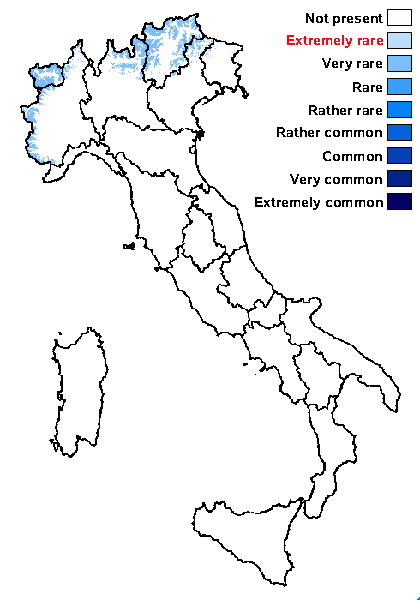
Predictive model
Herbarium samples
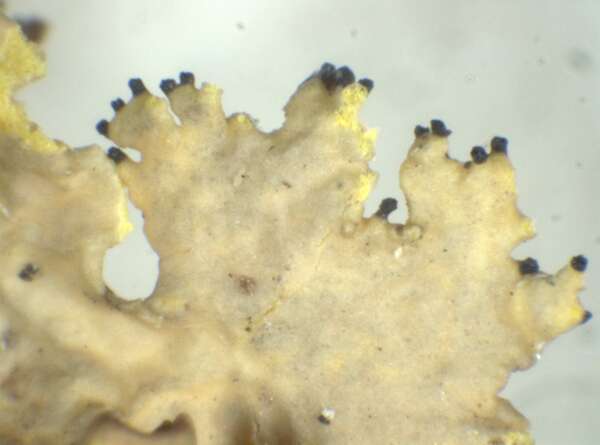

P.L. Nimis; Owner: Department of Life Sciences, University of Trieste
Herbarium: TSB (5156)
2002/07/12
marginal pycnidia
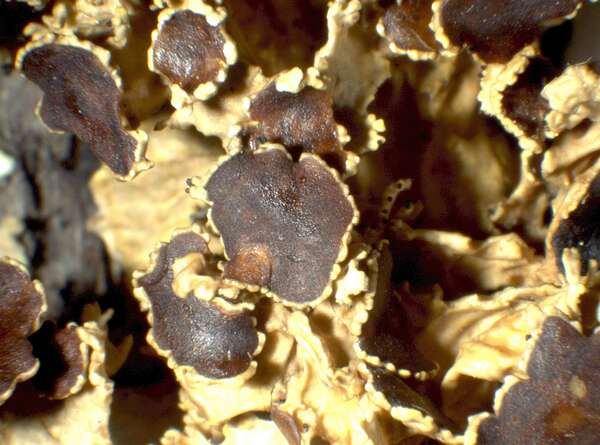

P.L. Nimis; Owner: Department of Life Sciences, University of Trieste
Herbarium: TSB (5156)
2002/07/12
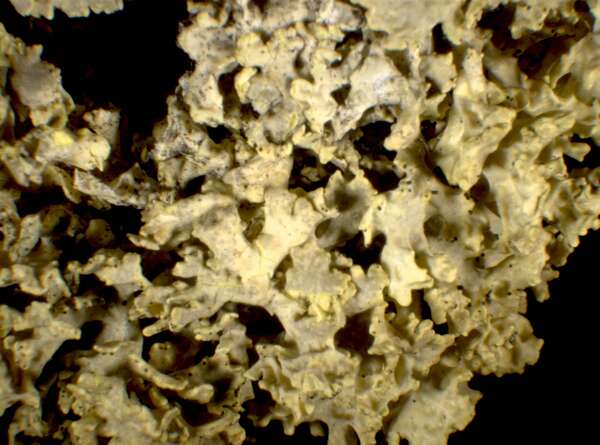

P.L. Nimis; Owner: Department of Life Sciences, University of Trieste
Herbarium: TSB (29469)
2001/12/09
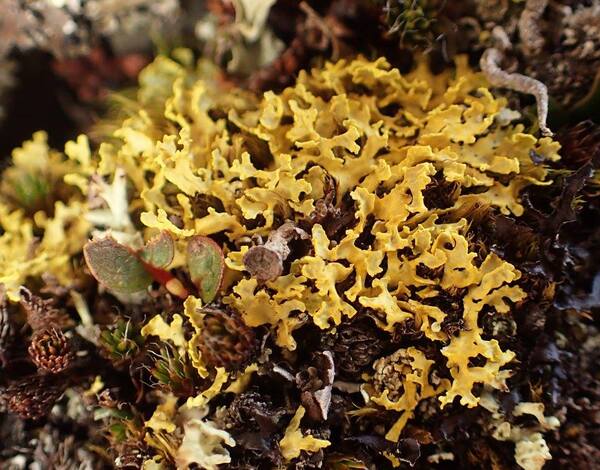

Curtis Randall Björk, - CC BY-SA 4.0
Sugarbowl-Grizzly Den Provincial Park, British Columbia, Canada
August 2017
as v. tilesii
Growth form: Foliose, broad lobed
Substrata: bark, soil, terricolous mosses, and plant debris
Photobiont: green algae other than Trentepohlia
Reproductive strategy: mainly asexual, by thallus fragmentation
Commonnes-rarity: (info)
Alpine belt: very rare
Subalpine belt: extremely rare
Oromediterranean belt: absent
Montane belt: absent
Submediterranean belt: absent
Padanian area: absent
Humid submediterranean belt: absent
Humid mediterranean belt: absent
Dry mediterranean belt: absent

Predictive model
| Herbarium samples |


P.L. Nimis; Owner: Department of Life Sciences, University of Trieste
Herbarium: TSB (5156)
2002/07/12
marginal pycnidia


P.L. Nimis; Owner: Department of Life Sciences, University of Trieste
Herbarium: TSB (5156)
2002/07/12


P.L. Nimis; Owner: Department of Life Sciences, University of Trieste
Herbarium: TSB (29469)
2001/12/09


 INDEX FUNGORUM
INDEX FUNGORUM
 GBIF
GBIF
 DOLICHENS
DOLICHENS
